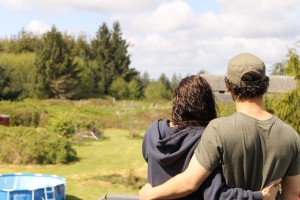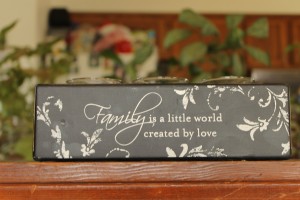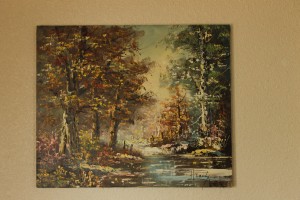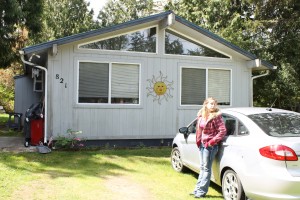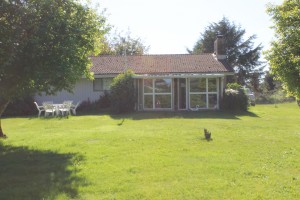I have really enjoyed being a part of Picturing Domestic Space this quarter. I have learned a lot about individual, independent work, as well as how to think more creatively and artistically.
I’ve also really enjoyed getting to work with the people from the program and getting helpful critique when I needed it. I am finally finished with my project and really hope everyone enjoys it. I’ve worked hard at getting it all to fit together and still run at only ten minutes.
It was extremely helpful to be able to have friends and family help and participate in the project. I loved getting to challenge my editing skills and video work skills, as well as building my photography skills. I know I have a long way to go with all of these skills but I’ve enjoyed having the chance to explore them more this quarter.
Here are some of the final pictures to see. These may or may not be in my final film, but here they are…


